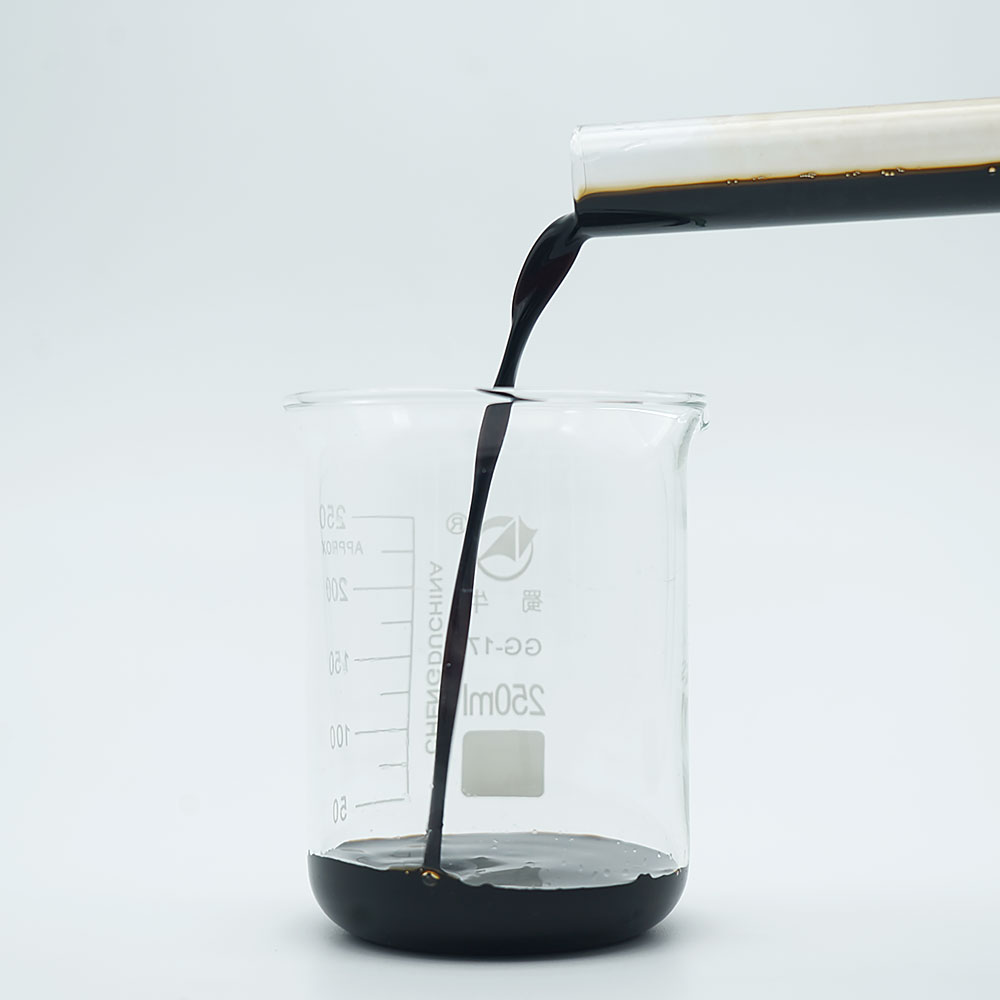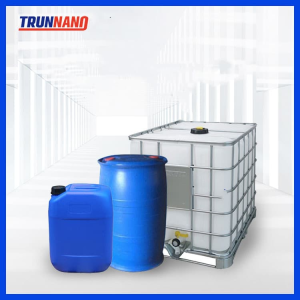Professional solutions on concrete addtives, Concrete Foaming Agent, Superplasticizer, CLC Blocks Additives, and foaming machine
(Types of Chemical Admixture Added to Concrete)
Whenever you think of constructing a concrete wall, you should be aware of the different types of chemical admixtures that are added to the concrete. These admixtures are essential to help the concrete to harden and to maintain its strength and quality.
Water-reducing
Adding a water-reducing chemical admixture to concrete can increase its strength, flow, and durability. These admixtures can be used on both fine and coarse aggregates. They help to increase concrete's flow, reduce permeability, and decrease shrinkage cracking.
These admixtures can also be used to increase the early-strength of concrete. They can also shorten the setting time of concrete. This is especially important for improving the performance of concrete in cold weather. Using an early strength agent can also speed up the start of finishing operations.
Water-reducing chemical admixtures are usually divided into three categories. They include low-range, mid-range, and high-range admixtures. The high-range admixture can decrease the water content of concrete by up to 12%.
This type of admixture can be added at the job site or at the factory. It can also be used as a supplemental admixture to decrease the water-cement ratio of concrete.
High range water-reducing admixtures fall into the ASTM C494 Type F classification. These admixtures can reduce the amount of mixing water by more than 12%. They are also known as superplasticizers. The addition of high range water-reducing admixtures to concrete can produce high-slump concrete without segregation. This type of admixture can also be used to produce a durable concrete in aggressive environments.
There are also high-range retarding admixtures. These admixtures are used to delay the setting time and control the setting characteristics of concrete. They can also be used to reduce hydration rates, especially when concrete is poured at temperatures outside the range of 45-65 F.
Concrete Accelerating
Adding an accelerating chemical admixture to concrete can help accelerate the hardening of the concrete. The accelerated hardening process helps to improve the strength and durability of the concrete. It also improves the quality of the concrete.
Accelerating admixtures are used in both powder and liquid forms. The liquid form is easier to disperse and is easier to integrate into the concrete. Some admixtures must be supplied in liquid form. They are also easier to homogenize.
Accelerating admixtures can be used before and during the mixing process. They also reduce the early heat of hydration in the concrete. In addition, accelerators decrease the setting time and the surface finishing time of the concrete.
Accelerating admixtures include calcium chloride, sodium thiocyanate, triethenolamine, and fluosilicates. Nonchloride accelerating admixtures are also available.
In addition to accelerating concrete, accelerators also provide corrosion inhibitors. This is helpful for concrete in marine environments, parking structures, and bridges. Also, corrosion inhibitors can reduce the permeability of concrete.
Accelerating admixtures can be used in both hot and cold mix concrete. The action of set accelerators can last for ten to twelve hours. This is because the hydration reaction occurs at a faster rate at warmer temperatures. At colder temperatures, the hydration reaction is slower. In addition, slower hardening leads to higher stripping time for formwork.
Accelerating admixtures can be added to concrete before and during the mixing process. They also can be added at the jobsite. They are added in small amounts or in combination with other admixtures.
Flocculants
Depending on the needs of the construction project, there are several types of chemical admixtures that can be added to concrete. They are used to improve the quality of the concrete, and can also help to overcome some construction emergencies.
These include concrete early strength admixtures, shrinkage reducing admixtures, and water reducers. These additives are usually added during the mixing process, and can help to improve the strength, durability, and permeability of concrete. In addition, they can help to reduce the amount of cement needed for the concrete, which can save money on construction.
In addition to these admixtures, there are also a variety of specialty admixtures that can be added to the concrete. Some of them are used to help with cost savings, while others can provide combination effects.
Early strength agents are primarily used to improve the strength of the concrete. There are several varieties of early strength admixtures, including sulfate-based, calcium chloride, and organic amine agents. These additives can be used to improve the strength of concrete and speed up the finishing process.
A shrinkage reducing admixture can help to reduce the amount of shrinkage in concrete, and can help to minimize cracking. It can also help to lower the water-cement ratio, which can improve the strength of concrete and decrease the cost of construction.
Some of these admixtures are added to the concrete at the job site, while others are added during the mixing process. Some admixtures are manually premeasured, and others are available in ready-to-use liquid forms. Some admixtures are also added in the form of slurries.
Alkali-aggregate reaction inhibitor
Various types of concrete admixtures are available. They are either from chemical or mineral sources. Some of them are added to concrete at the construction site, while others are premeasured.
Alkali-aggregate reaction inhibitor (AAR) is a type of admixture that prevents the formation of expansive ASR gels, thereby reducing the expansion of concrete in service. This admixture is mainly composed of lithium hydroxide, lithium nitrate, and lithium aluminum silicate.
An effective alkali-aggregate reaction inhibitor is important to control the durability problems related to alkali-silica reactivity. Alkali-silica reaction is one of the main causes of concrete degradation. In this reaction, silicate aggregates dissolve in alkali solution and create expansive ASR gels. ACR can also occur in concrete that has low alkali content.
Alkali-silica reaction inhibitor is typically supplied in liquid form. It can be provided in a mono-fluid tie, a liquid PCE admixture, or a one-pack type.
Lithium silica gel prevents the diffusion of hydroxide ions and the formation of ASR gels. It also forms a protective layer on the surface of active aggregate. The ion binding force of lithium ions is higher than that of sodium and potassium.
PCE admixture can prevent the quality changes of concrete and the deterioration caused by pump pressure rise. It can also increase the strength of concrete without losing workability.
This admixture can be used in dense concrete mixes. Its effect on the properties of hardened concrete and the strength of the concrete will vary depending on the pozzolanic material used. The optimum ratio of pozzolanic material will reduce the risk of alkali-aggregate reaction and increase the strength of the concrete.
Corrosion-inhibiting
Adding corrosion-inhibiting chemical admixture to concrete can increase the durability and service life of concrete. The admixture has a synergistic effect and is able to protect steel reinforcing rods from corrosion in chloride-ion environments.
A corrosion-inhibiting chemical admixture contains an organic-inorganic combination that is capable of improving the integrity of concrete. The admixture is a combination of organic amines, inorganic nitrites, and gluconate. The organic amines form a thin coating film which inhibits the cathodic reaction and chemisorption on the metal surface.
Another organic-inorganic admixture is a carboxylate ester compound which forms a pore blocking film and reacts with calcium hydroxide. The pore blocking effect leads to a mechanical barrier that impedes the penetration of chloride ions.
Anodic-cathodic inhibitors can be formulated to inhibit corrosion in both concrete and steel. In addition, the presence of an inhibitor extends the time until corrosion initiation.
Corrosion inhibitors are generally used in new construction, but they are also used in repair of concrete. These admixtures have a synergistic effect on the integrity of concrete and can be applied to all types of reinforced concrete structures.
There are many different types of corrosion inhibitors. The most effective inhibitors reduce the rate of corrosion by forming a protective film on the metal surface. The presence of corrosion inhibitors in concrete increases the electrical resistance of the metallic surface. It also stabilizes the surface of the metal.
Early strength agent
During the process of concrete production, producers utilize concrete admixtures in order to modify certain properties of hardened concrete. Admixtures can help improve the quality of concrete, increase resistance to weather conditions, and reduce the cost of concrete construction.
Early strength agent is one of the most common chemical admixtures added to concrete. It is used to accelerate the early hydration process of cement, which speeds up the development of concrete strength. It also shortens the time for curing.
There are many early strength agents on the market, but they have different effects on concrete performance. Some of the most common are calcium chloride and sulfate-based agents. However, organic early strength agents have also been developed.
Antifreeze agents are another type of admixture that contains early strength components. These include sodium formate and CO (NH2) 2 to lower the freezing point of water in concrete.
Concrete additives Supplier
TRUNNANO is a reliable concrete additives supplier with over 12-year experience in nano-building energy conservation and nanotechnology development.
If you are looking for high-quality concrete additives, please feel free to contact us and send an inquiry. (sales@cabr-concrete.com)
We accept payment via Credit Card, T/T, West Union, and Paypal. TRUNNANO will ship the goods to customers overseas through FedEx, DHL, by air, or by sea.
Water reducers are also used in the construction industry to improve concrete quality. They reduce the water content of concrete by placing microscopic air bubbles in it. This improves the workability of the concrete and also helps to reduce friction between the aggregates.
Water reducers are considered the "fifth" ingredient of concrete. They help to reduce the amount of cement that is used, which can help improve the strength of concrete. They also help to reduce the heat of hydration. These admixtures have also been used to patch concrete and create low-slump concrete overlays.
(Types of Chemical Admixture Added to Concrete)








